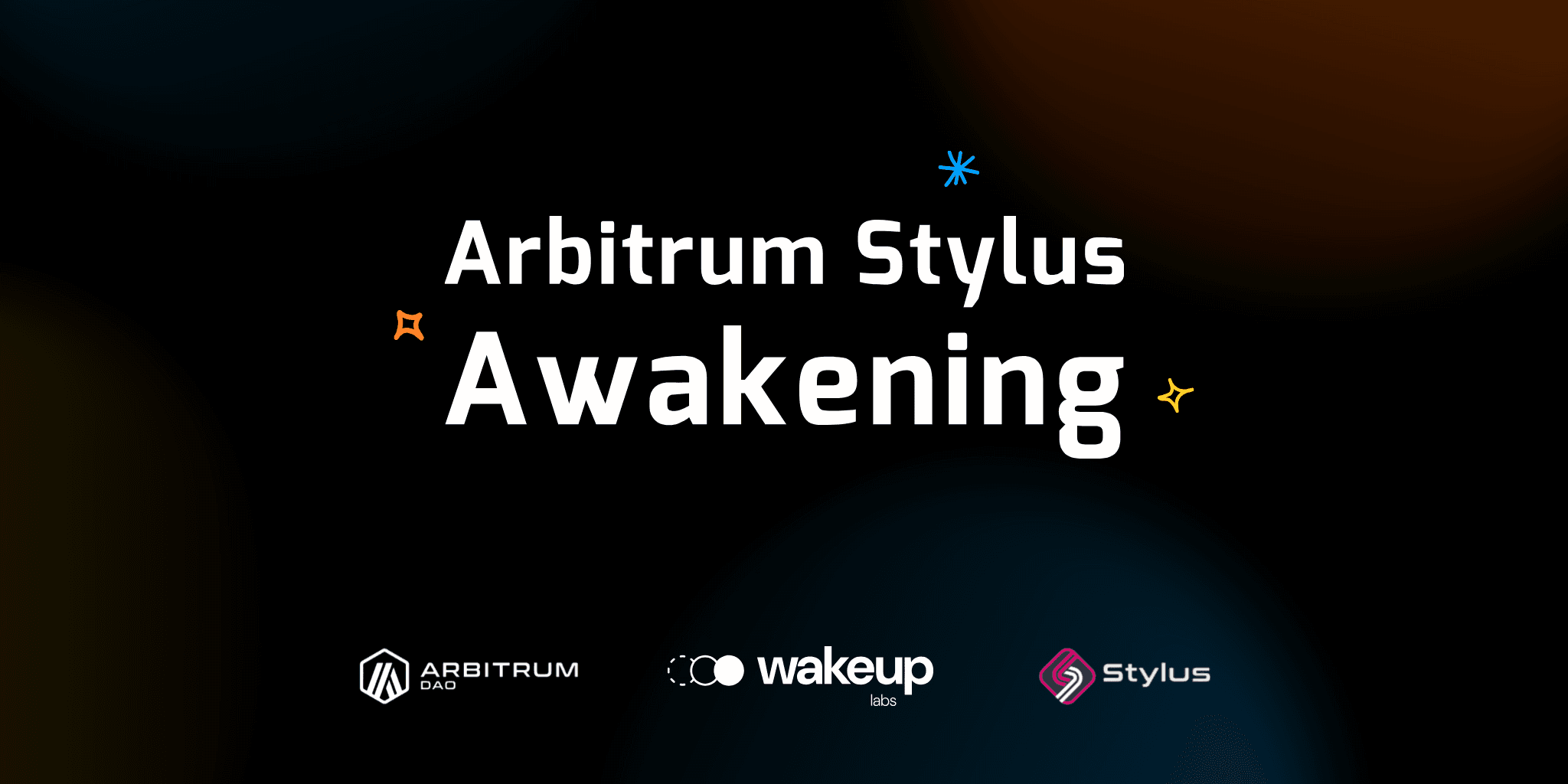

Nov 22, 2022
Four reasons why tokenizing gaming assets is the future of the gaming industry
Benefits on tokenizing assets
New revenue streams for gaming companies
NFTs in games can be resold, letting gamers profit from them. This is an excellent way for gamers to make money because they can sell their NFTs for more money than they paid for them or because they simply acquired them in the game and want to put them for sale. The game company could also profit from future sales’ royalties of those same NFTs. A secondary market emerges, providing gaming companies and users with new revenue streams.
Interoperability: NFTs are truly owned by the end user.
The main difference between gaming NFTs and traditional in-game assets is that NFTs are interoperable.
An NFT can be used in any game that accepts it. Meanwhile, traditional in-game assets can be used in the game you purchased or have access to. With these features, gamers are true owners of digital assets.
NFTs benefit creators & gamers.
For creators, NFTs provide a way to monetize without interfering with gameplay. For gamers, NFTs can display achievements & status. It can also bring the chance not to lose whatever you have crafted, won in a bounty or tournament, traded, or been gifted.
While gaming assets expire, NFTs could last indefinitely.
“Normal” video game assets, like in-game currency or items, usually expire; also, video games themselves.
NFTs (non-fungible tokens) are digital assets with no expiration date because they’re stored on the blockchain, which is immutable and gives a chance to move them outside the game. For instance, a wereable t-shirt could be used in a private videogame or in a public one such as Decentraland.
New revenue streams for gaming companies
NFTs in games can be resold, letting gamers profit from them. This is an excellent way for gamers to make money because they can sell their NFTs for more money than they paid for them or because they simply acquired them in the game and want to put them for sale. The game company could also profit from future sales’ royalties of those same NFTs. A secondary market emerges, providing gaming companies and users with new revenue streams.
Interoperability: NFTs are truly owned by the end user.
The main difference between gaming NFTs and traditional in-game assets is that NFTs are interoperable.
An NFT can be used in any game that accepts it. Meanwhile, traditional in-game assets can be used in the game you purchased or have access to. With these features, gamers are true owners of digital assets.
NFTs benefit creators & gamers.
For creators, NFTs provide a way to monetize without interfering with gameplay. For gamers, NFTs can display achievements & status. It can also bring the chance not to lose whatever you have crafted, won in a bounty or tournament, traded, or been gifted.
While gaming assets expire, NFTs could last indefinitely.
“Normal” video game assets, like in-game currency or items, usually expire; also, video games themselves.
NFTs (non-fungible tokens) are digital assets with no expiration date because they’re stored on the blockchain, which is immutable and gives a chance to move them outside the game. For instance, a wereable t-shirt could be used in a private videogame or in a public one such as Decentraland.



